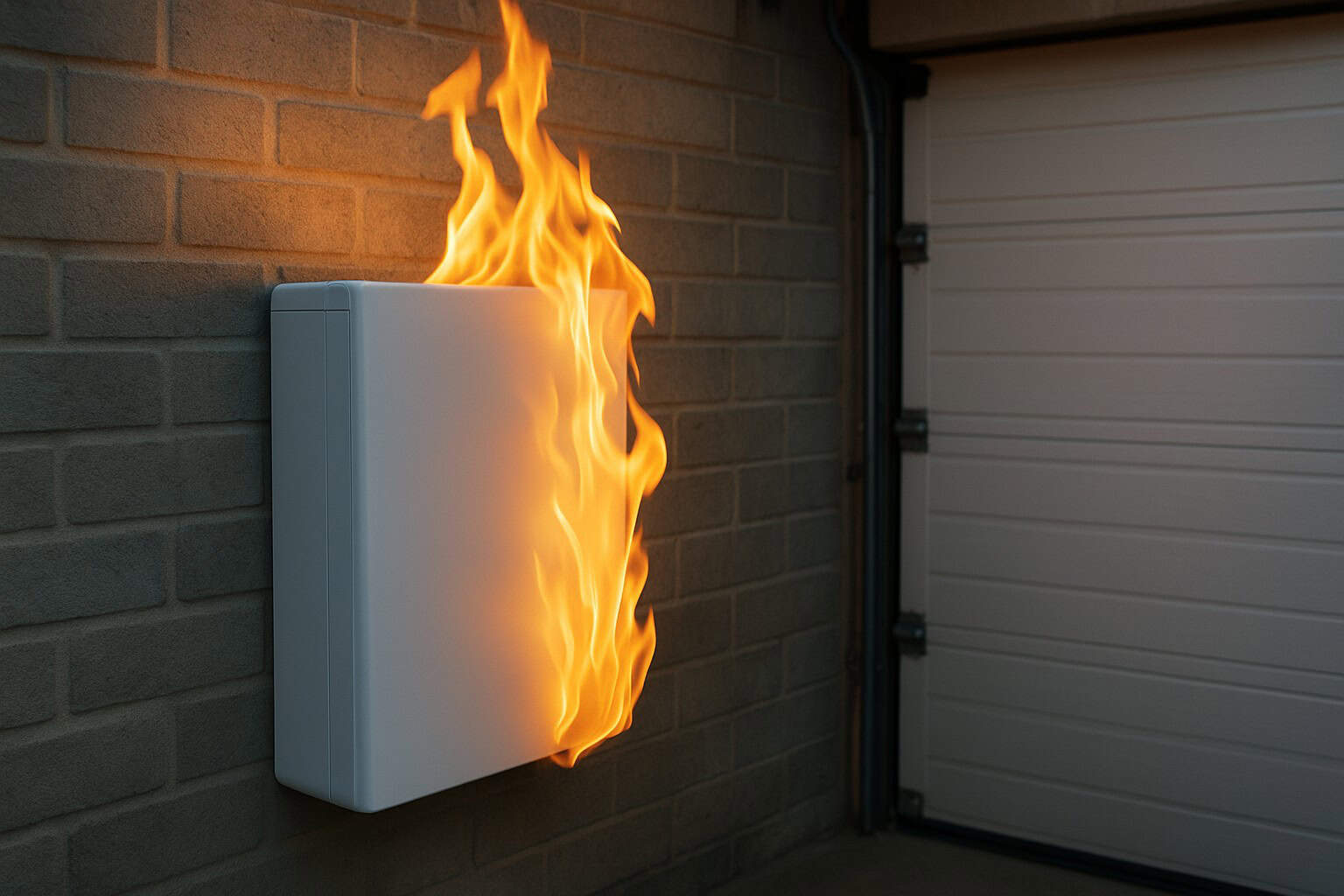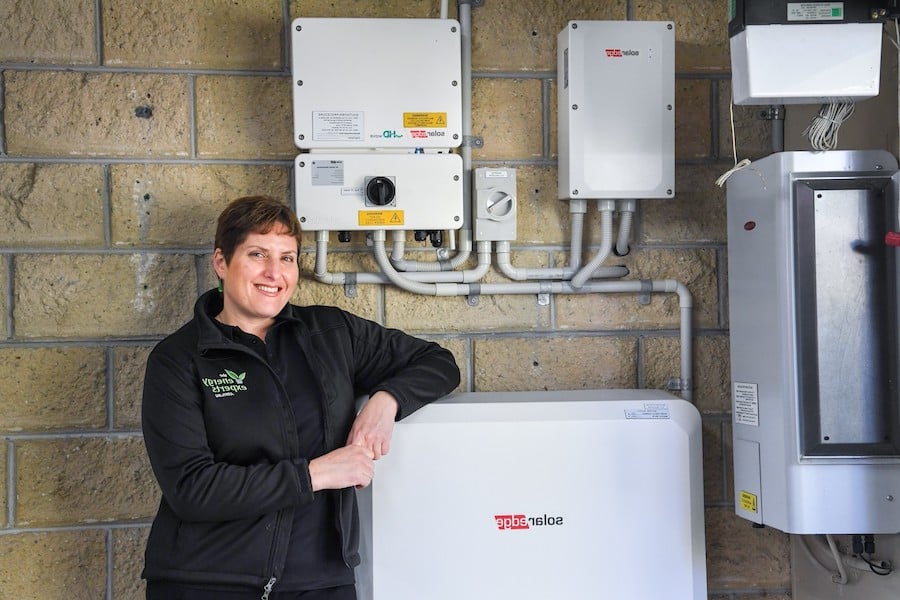If you want to use your EV battery to run your home, here’s what you need to know about V2H and V2G charging.
When will V2H and V2G charging be available in Australia?
V2H and V2G technologies are in the early stages of adoption in Australia, although bidirectional charging has been available for some years. South Australia is currently the only state where V2G chargers can be installed in homes, but rollout to the rest of the country is in the pipeline.
In November 2024, Standards Australia approved new regulations allowing EV owners nationwide to benefit from V2H and V2G technology. The Federal government also updated V2G technical standards for the Clean Energy Council (CEC). Manufacturers of bidirectional charging devices that meet these standards can now apply for CEC certification.
This brings us one step closer to the broader adoption of V2G/V2H technology nationally.
The next step is to bring more compatible EVs into the market. Most electric vehicles sold in Australia can support vehicle-to-load (V2L) charging, which can power individual tools and appliances. Only some EVs, like the Nissan Leaf, Kia EV9 and Renault 5 E-tech, support V2G bidirectional charging.
To address this, the Australian Renewable Energy Agency (ARENA) has set out a roadmap to have 300,000 V2G-capable electric vehicles in the market by 2030.
So, while the regulatory framework and technical standards are in place, access to V2H/V2G technology nationwide may take a few years.
What equipment do I need to set up V2H/V2G charging?
Only qualified electricians familiar with V2G/V2H regulations and safety standards should install equipment.
To use your EV as a home battery, you need the following components:
Certified bidirectional charger
A bidirectional charger manages the flow of electricity both ways between your EV and your home. It can charge your vehicle and act as a generator to power your home.
Certified bidirectional EV chargers include the Wallbox Quasar 2 and Sigenergy SigenStor. Other brands are currently in development.
Home energy management system (HEMS)
A home energy management system ensures energy is efficiently distributed between your EV and home.
f you have a solar PV system, your energy management system can maximise solar self-consumption by automatically charging your EV during daylight hours if it’s plugged in. With HEMS, y export ou can use the stored energy in your vehicle’s battery to power your home at night.
Smart meter
If you plan to export energy to the grid, most energy providers require that you have a smart meter installed to track energy consumption, as well as solar exported to the grid. Note that to export surplus solar power to the grid, you must have approval from your electricity provider and comply with your state’s regulations.
The pros and cons of using EVs as home batteries
Pros:
- Cost savings. Using the stored energy in your EV during peak times can significantly reduce your electricity bill.
- Energy independence. Your EV battery can provide backup power during power outages, reducing your dependence on the grid.
- Two in one: power your house from the one ‘battery bank’.
- Environmental impact. Maximising the renewable energy stored in your EV reduces your carbon footprint, supporting Australia’s goal of achieving net zero emissions by 2050.
Cons:
- Initial investment: The upfront costs for bidirectional chargers plus installation can be substantial. However, as the technology becomes more widely available, these costs should decrease over time.
- Battery degradation: Frequent cycling of the EV battery for home energy use may accelerate battery wear, potentially shortening its lifespan.
- You may not want to discharge your car battery to power appliances in your home if you need to drive a reasonable distance the next day.
- Regulatory compliance: Each state may have its own V2G and V2H regulations and approval processes. Energy providers may also have specific requirements.
Complementing V2H/V2G with home solar battery storage systems
While V2G and V2H technologies offer excellent benefits, adding a dedicated home solar battery storage system can create a more robust energy solution that doesn’t leave you short if you need to drive a reasonable distance the following day. Home batteries provide a reliable backup energy source when solar production is low, household demand is high or you don’t want to discharge your EV battery.
Combining a solar battery system with V2G/V2H capabilities can enhance your home’s energy resilience, offering a multifaceted approach to energy management.















